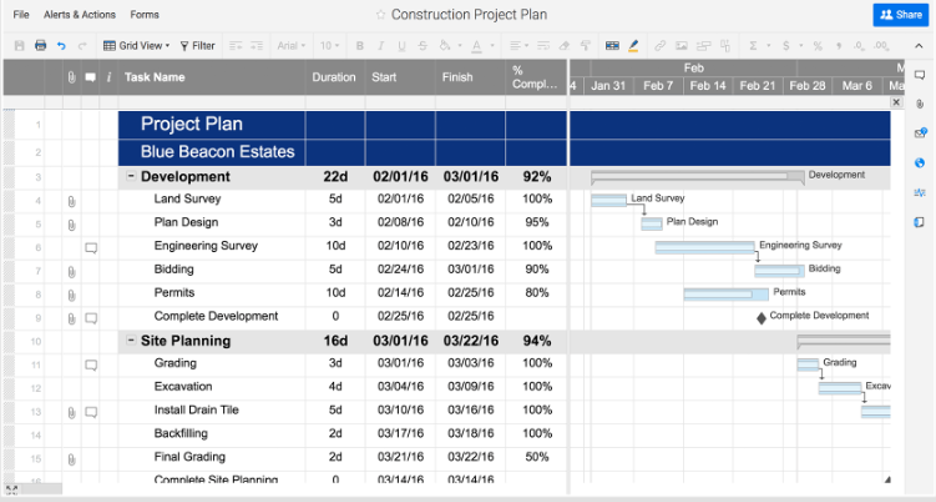Don’t Wait For an Incident: Have a Safety STAND UP
If you have been in the construction industry, even for just a week, you may have heard your supervisors talk about “Safety Stand Downs” and why they are important. Safety Stand Downs typically happen after a serious incident has occurred, an investigation has been conducted, and an implementation plan to correct the issue needs to be executed. Supervisors pull everyone together to discuss the accident and what precautions, requirements, and mitigations will be put in place so that it does not happen again. But what if we could get ahead of these accidents? What if we could prevent accidents from happening? What if we could proactively address high potential hazards before they become an accident?
Having a “Safety Stand Up” to educate your craft workers of the hazards they face could mean life or death. We’ve identified key elements to help you prepare to have a Safety Stand Up before it becomes a Safety Stand Down.
Analyze your construction schedule
By analyzing your construction schedule, you can determine what hazards are associated with the scope of work and how long that scope of work will last. Most projects have a data analyst or metrics associated with the scope of work that can help determine trends you need to address such as: Working at Heights, Working Around Mobile Equipment, Hot Work, Heat Awareness and many more.

Break down hazards
Once you’ve determined the trends, break the hazards down further to help develop educational content you can distribute to your craft workers. This will give your workforce the detail they need to effectively recognize potential hazards and where they can prevent them.
Example: Working at Heights
- Tethering your tools
- Proper donning/doffing a harness
- Tie-off/anchor points
- Leading edge
Distribute educational content
After you’ve developed your educational content to address the potential hazards, it’s time to figure out the best platform to distribute your content. Think about having safety bullet points to discuss during toolbox talks. Perhaps you have large group safety meetings every day or every week where you can present your content or show a video that pertains to that hazard. Write articles for your project newsletter or create banners that you can hang in the areas relevant to your safety topic. Hold live demonstrations or a guest speaker that can give a personal testimonial about the hazards you’re addressing. You want to make sure you keep talking about these hazards throughout the length of scope of work so that no one becomes complacent. When distributing your communications, it’s important to mix the channel used to share messages. The 7×7 Rule means sharing the message seven times in seven different ways. Using various channels helps to ensure people have heard, understood and implemented the message.
Types of communication distribution:
- Toolbox talks
- Safety meetings
- Newsletter articles
- Digital Billboard graphics
- Live demonstrations
- Giveaways that pertain to the issue
- Hang Banners
- Safety Videos/Testimonials
- Surveys
- Social Media posts
Safety Culture: As you continue to keep these hazards at the forefront, you begin to instill a safe culture and repertoire with your craft workers. They’ll WANT to work safely because you take safety seriously.
Having these Safety Stand Ups consistently will help drive down the number of near misses or incidents that may occur. Measure your efforts by conducting surveys before and after these Stand Ups so that you can tweak your delivery of the information. Don’t be afraid to use more than one distribution platform. It’s important that you reach your craftworkers through different mediums so that your message is reasonable.
For more information about safety communications strategy, contact Mandi Molinar at mandi@futurealign.com.
++++++++++
futureAlign is a heart-centered communications and engagement company. We work with some of the largest companies in the world to drive effective communications, coaching and branding that leads to greater employee engagement and alignment. Click here to learn how we can align your team to the future that’s possible.




